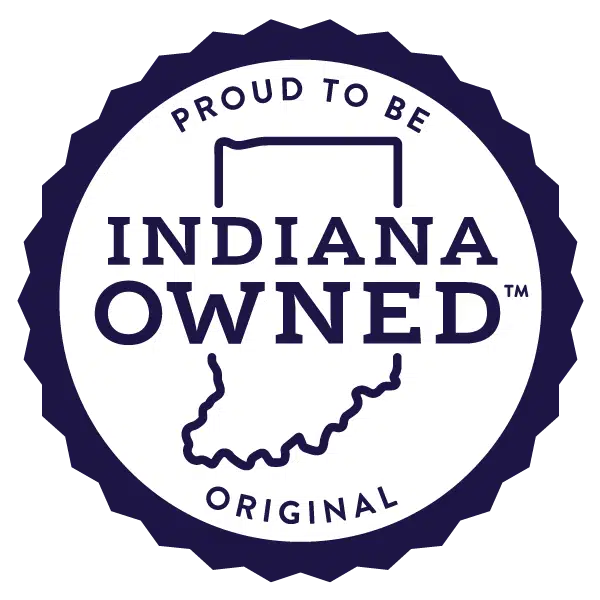In small towns across America, small businesses serve as the backbone of local economies. These establishments often bring character, culture, and community spirit to their neighborhoods. However, thriving in today’s competitive landscape requires more than just good products and services; it demands an effective digital presence. Web design, marketing, and videography are crucial components that can help small businesses in small towns reach new customers, strengthen relationships, and stand out from the crowd.
Web design acts as the foundation of any small business's online presence. In small towns, it is vital for businesses to establish a website that is not only visually appealing but also user-friendly. A well-designed website creates an inviting atmosphere that draws visitors in and encourages them to explore. Local businesses can enhance this connection by incorporating elements that resonate with their community, such as town-specific imagery, colors, and themes that reflect the area’s identity.
User experience should be a top priority when designing a website for a small business. Ensuring that the website is mobile-responsive and easy to navigate is essential, especially as more consumers rely on their smartphones to browse and shop. By providing clear calls to action—like “Shop Now” or “Contact Us”—businesses can guide visitors toward taking the next steps, whether that means making a purchase, subscribing to a newsletter, or reaching out for more information.
Once a strong web presence is established, the next step is to implement strategic marketing efforts. For small businesses in small towns, local search engine optimization (SEO) is vital. By optimizing their web content for local keywords—such as “best café in [town name]” or “local handyman [town name]”—businesses can significantly improve their visibility in online search results. This increased visibility is essential for attracting customers who may not be familiar with the products and services offered by local establishments.
Social media marketing is also a key component for small businesses aiming to engage with their community. Platforms like Facebook, Instagram, and Twitter provide an opportunity to share updates, promotions, and interesting content that resonates with locals. By creating posts that highlight unique events, customer testimonials, or behind-the-scenes looks at daily operations, businesses can create a sense of community and connection with their audience. Using social media to promote local events further solidifies the business's role as a community-centric establishment.
Videography adds an exciting dimension to the marketing strategies of small businesses in small towns. Video content has the power to captivate audiences in ways that static images and text often cannot. Businesses can use videography to showcase their products, share customer stories, or highlight community engagement efforts. For example, a local bakery could create a video demonstrating how a signature pastry is made, while a boutique might share a behind-the-scenes look at a fashion photoshoot featuring local models.
The versatility and shareability of video content can significantly enhance brand visibility. When customers find a compelling video, they are likely to share it on their own networks, exposing the business to a broader audience. This word-of-mouth marketing is incredibly effective, especially in small towns where community connections are tight-knit.
Integrating web design, marketing, and videography allows small businesses to craft a cohesive narrative that reinforces their brand identity. When customers have consistent experiences across platforms—whether they’re visiting the website, engaging with social media content, or watching a promotional video—they develop trust and loyalty.
Regular evaluation of digital strategies is also essential for small businesses looking to thrive. Monitoring website analytics, social media engagement, and video performance can provide valuable insights that inform future marketing decisions. By staying attuned to customer preferences and trends, businesses can pivot their strategies to remain relevant and competitive.
In conclusion, effective web design, targeted marketing, and engaging videography are vital tools for small businesses operating in small towns. By leveraging these digital strategies, local businesses can enhance their visibility, strengthen community ties, and foster lasting relationships with their customers. As more consumers turn to the digital marketplace, small businesses equipped with these tools will be better positioned for success, both online and within their communities.







